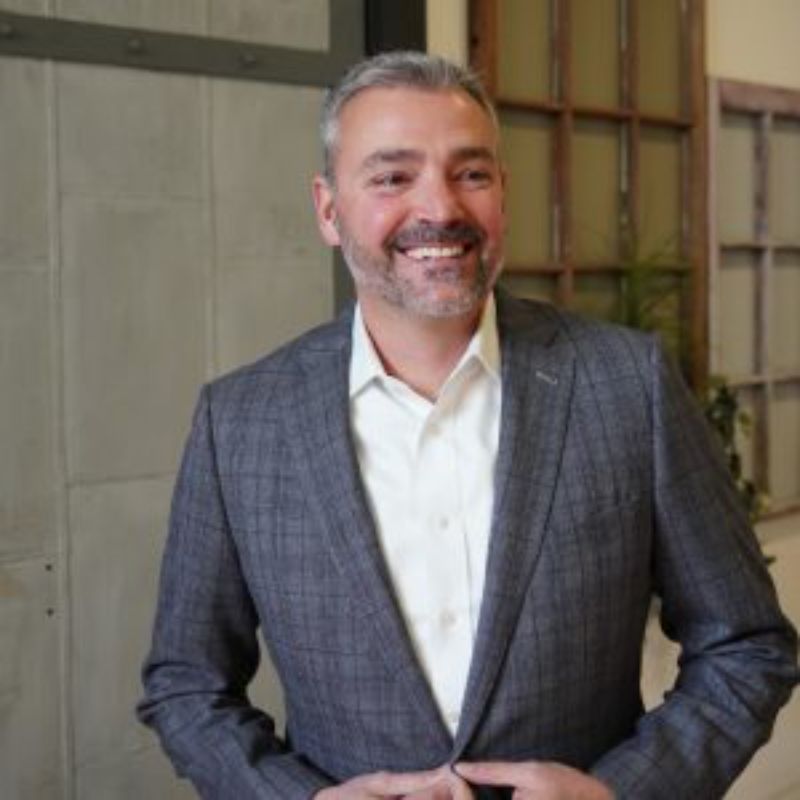Companies are facing increasingly complex challenges that call for transformation and change. As an executive coach, I have the unique opportunity to work with some of the most impressive senior leaders navigating transformation. Last month, I had the opportunity to sit down with a client of mine, Rich Gilbert, Senior Vice President and CIO of Aflac. Over breakfast, we discussed his recent success leading the digital transformation initiative, “One Digital Aflac”. The company’s mission was to build technology that would make it easier for their customers to buy insurance, sales teams to break into the marketplace, and for their associates to deliver. This initiative required massive change management, and I was impressed by his ability to rally a strong team dedicated to the vision. He explained, “The correct technology and tools are critical for a digital transformation, but they are probably the least important part of the process.” I was intrigued by his experience and approach to organizational culture, and he shared with me the 4-step success formula that he has leveraged throughout his leadership career when navigating change.
Step 1: Vision
The first step requires outlining the why for transformation. For this stage to be successful, Rich recommends designing the vision to be simple, believable, and relatable to all stakeholders. When teams are aligned with the new direction, they understand the why and that they are contributing to something bigger than themselves. “Our vision for One Digital Aflac was simple, build technology that made things easier, and it truly resonated with our people.” He shared, “We went from whiteboard to board room in three months… Most people shy from a grand vision, but it must expand people’s view of what’s possible.”
Step 2: Roadmap
This stage outlines where the company is going and what is needed to attain desired results. It begins by identifying all steps that are required to accomplish the vision. This may include building personas, journey maps, milestones, and outlines the portfolio of work needed to succeed. But with change comes doubt and often some resistance. “I love the doubt phase because after you set your vision you get to share how to make it possible,” Rich shared, “At first, they might not think the steps are possible. Belief doesn’t just happen. You have to consistently build moments that move people forward.”
Step 3: Reality
To me, I believe this step is Rich’s secret sauce. This is what truly differentiates his approach from others. When rooted in reality, teams know what’s working, and what they are up against. He said, “If we tried to accomplish our vision with our former culture and IT operating model, we would have never been successful. Our execution model was more of a ‘waterfall’ approach, and we were building a model that was agile and team driven. It was important that people felt empowered to take action without needing permission.” Rich continued, “Making mistakes is an intentional part of our model and it’s ok to fail as long as they are trying to move in the right direction.” This step also requires finding any gaps in current skillsets and determining whether there is a need to hire externally or develop internal teams. Aflac did both, investing in recruitment and building an enablement program that provided education to empower employees to add new skillsets.
Step 4: Results
When evaluating results, it is crucial to maintain metrics that measure business impact. Rich shared that people are not moved or motivated by technical performance. Instead, they want to know if the shared vision was accomplished. Recognizing business impact also means recognizing and rewarding the individuals that enabled the transformation. “Allowing people to fail is just as important as recognizing success,” he stated, “When people do succeed, you have to put them on a pedestal.” Rich believes that this positive reinforcement builds a cycle of momentum, supporting future projects and maintaining a culture of empowerment.
Organizational transformation, digital or otherwise, is a social movement and requires inspiring leadership to clear a path forward and bring people together for a common purpose. Even during a pandemic, Rich’s people were empowered to grow, aligned with processes, and shared a unified Aflac vision. As I walked away from breakfast feeling inspired, I was more grateful to learn the 4-Step Formula for Change (especially Step 3).
Connect with Velocity on LinkedIn


